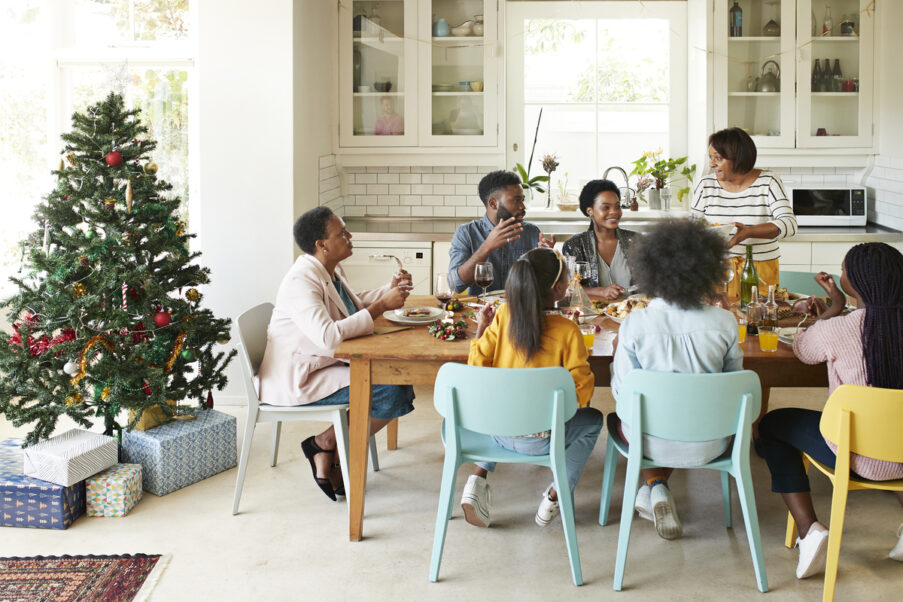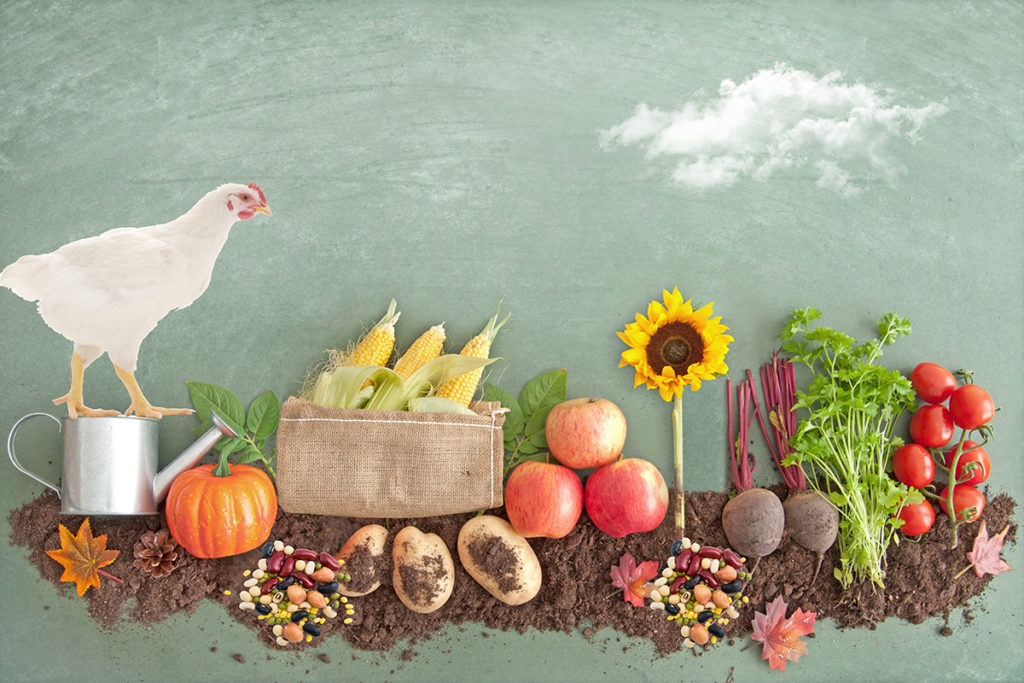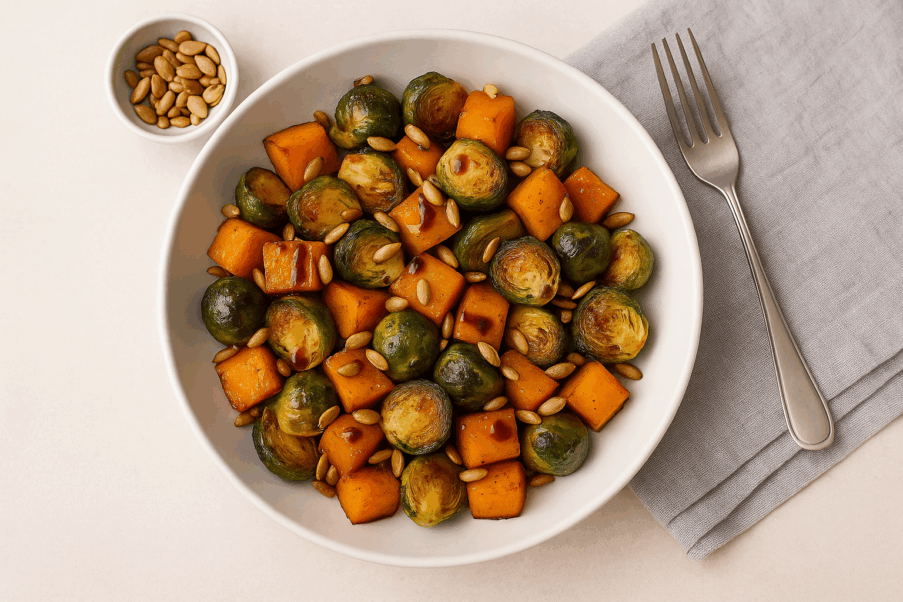Building a Holiday Wellness Survival Kit
Why a Fitness-Focused Guide is Essential this Season

The holiday season brings joy, tradition, and togetherness, but it also brings disruption. Your training routine, nutrition goals, sleep schedule and mental calm can be challenged by extra social obligations, travel, indulgent foods and stretched schedules. A well-designed holiday wellness survival kit is not about rigid perfection, it is about equipping yourself with tools, habits and mindsets that help you stay strong, aligned with your fitness goals and resilient throughout the festivities.
Why a Survival Kit Matters
On one hand the holidays can be fun and restorative; on the other, they carry unique stressors. Research from Harvard Medical School explains how the brain’s prefrontal cortex works overtime during this season, which can impair executive functioning such as planning, decision-making and staying on routine. Similarly, surveys by the American Psychological Association show that a significant portion of people report increased stress, anxiety and pressure in the holiday period. And from a health-behavior standpoint, sources like Centers for Disease Control and Prevention highlight that while most people do not dramatically gain weight during the holidays the combination of poor sleep, irregular meals, reduced movement and high social stress can accumulate. A survival kit helps you address these risk factors proactively.
Components of a Wellness Kit
Your holiday wellness survival kit should be structured around three domains: movement & recovery, nutrition & hydration, mental resilience & boundaries.
Movement & Recovery: Even if you cannot hit your usual training volume, plan smaller, frequent bursts of movement and protect key recovery habits such as sleep. A piece from the Mayo Clinic recommends maintaining your regular sleep schedule, staying hydrated, and doing what you can rather than trying to replicate your full routine.
Nutrition & Hydration: The holidays present plentiful food and drink challenges. A resource from United States Department of Agriculture via Nutrition.gov advises planning nutritious options, choosing foods rich in nutrients rather than excess, and staying mindful of portions.
Mental Resilience & Boundaries: Social expectations, financial demands and busy schedules create stress. A toolkit from the National Institute of Health Employee Assistance Program emphasizes setting boundaries, scheduling self-care time, managing expectations and building supportive spaces.
How to Build the Kit and Put It Into Practice
- Pre-season audit: Before the season intensifies, identify your non-negotiables (e.g., three workouts per week, 7 hours sleep, two servings of vegetables daily). Use the advice from the Mayo Clinic to ask “what does success look like” for you over the holidays.
- Pack physical and digital tools: Bring resistance bands or a jump rope for travel, download a quick-workout app, carry a water bottle, and set alarms for self-care breaks. Use the planning-behavior finding that states planning meals and activity improves follow-through.
- Establish micro-habits: When your schedule is unpredictable, rely on 10-20 minute behaviors: a walk after dinner, body-weight circuit while guests nap, or 5 minutes of breathing practice between events. These small actions maintain momentum.
- Mind your triggers and set boundaries: Recognize stressful holiday triggers – overcommitment, social comparisons, travel – then script responses ahead of time. The NIH holiday resilience guide encourages setting “if-then” style plans (e.g., if the gathering runs late then I will take a 15-minute walk the next morning) and communicating your boundaries.
- Reframe indulgence and reset culture: Instead of viewing post-holiday as “I blew it,” flip mindset to “I have tools and I can restart tomorrow.” The Forbes Health guide encourages balance and mindful indulgence rather than all-or-nothing.
- Reflect and adjust daily: End each day with a quick check-in: Did I move? Did I hydrate? Did I rest? Did I feel mentally okay? Adjust your kit accordingly for the next day.
Why This Works and What the Evidence Shows
The evidence for structured planning and self-awareness during transitional periods supports this toolkit approach. For example, behavioral research indicates that planning meals and physical activity in advance increases the likelihood of maintaining healthy behaviors during holiday events. Neuroscientific evidence reveals that holiday stress affects cognitive load and decision-making, which supports the need for external supports (kit tools) rather than reliance on willpower alone. Public health sources emphasize that hydration, sleep, movement and boundary-setting reduce holiday-related health risks. While these sources don’t use the exact phrase “wellness survival kit,” the constituent strategies align with the concept of an integrated toolkit. By bringing together movement, nourishment and mental resilience components, you equip yourself for better adherence to habits and better overall wellness.
Putting It All Together: Your Holiday Wellness Survival Blueprint
Start by creating a simple one-page wellness kit checklist:
- Carry a full water bottle + set reminders to hydrate.
- Schedule workout windows and pack minimal gear when traveling.
- Choose one nutrient-dense recipe to bring/share to events
- Pre-write one boundary statement you’ll use when you feel over-committed. It’s OK to say “No, thank you”!
- End each day with a 5-minute reflection on movement, sleep and mood.
Then use the checklist daily, tweak it as your schedule demands, and treat it like a survival kit rather than a rigid rulebook. The goal is stability rather than perfection.
The holidays are a season of joy, connection and indulgence but they need not derail your fitness journey. A thoughtfully built holiday wellness survival kit is a smart way to stay aligned with your goals while still enjoying the celebrations. By preparing your movement strategy, nourishing your body, managing your mental energy and setting realistic expectations, you give yourself permission to have fun and stay committed. Equip yourself with tools, make the plan, and you’ll be ready for the season ahead—strong, mindful and resilient.
References
American Psychological Association. (n.d.). Holiday Stress Report. https://www.apa.org/news/press/releases/2006/12/holiday-stress.pdf American Psychological Association
Friend, J. (2024, December 12). How to stick with healthy habits during the holidays. Mayo Clinic News Network. https://mcpress.mayoclinic.org/nutrition-fitness/how-to-stick-with-healthy-habits-during-the-holidays/ Mayo Clinic Press
Lester, J., & Hall, A. (2024, May 6). Your guide to healthy holidays. Forbes Health. https://www.forbes.com/health/wellness/healthy-holiday-guide/ Forbes
U.S. Department of Health & Human Services. (n.d.). Healthy holidays. Nutrition.gov. https://www.nutrition.gov/healthy-holidays Nutrition.gov
Centers for Disease Control and Prevention. (n.d.). How to have healthier holidays in 1-2-3! https://www.cdc.gov/healthy-weight-growth/about/healthier-holidays-in-1-2-3.html CDC
National Institute of Health Employee Assistance Program. (n.d.). Holiday resilience guide. https://wellnessatnih.ors.od.nih.gov/Documents/holiday-resilience-guide.pdf wellnessatnih.ors.od.nih.gov


